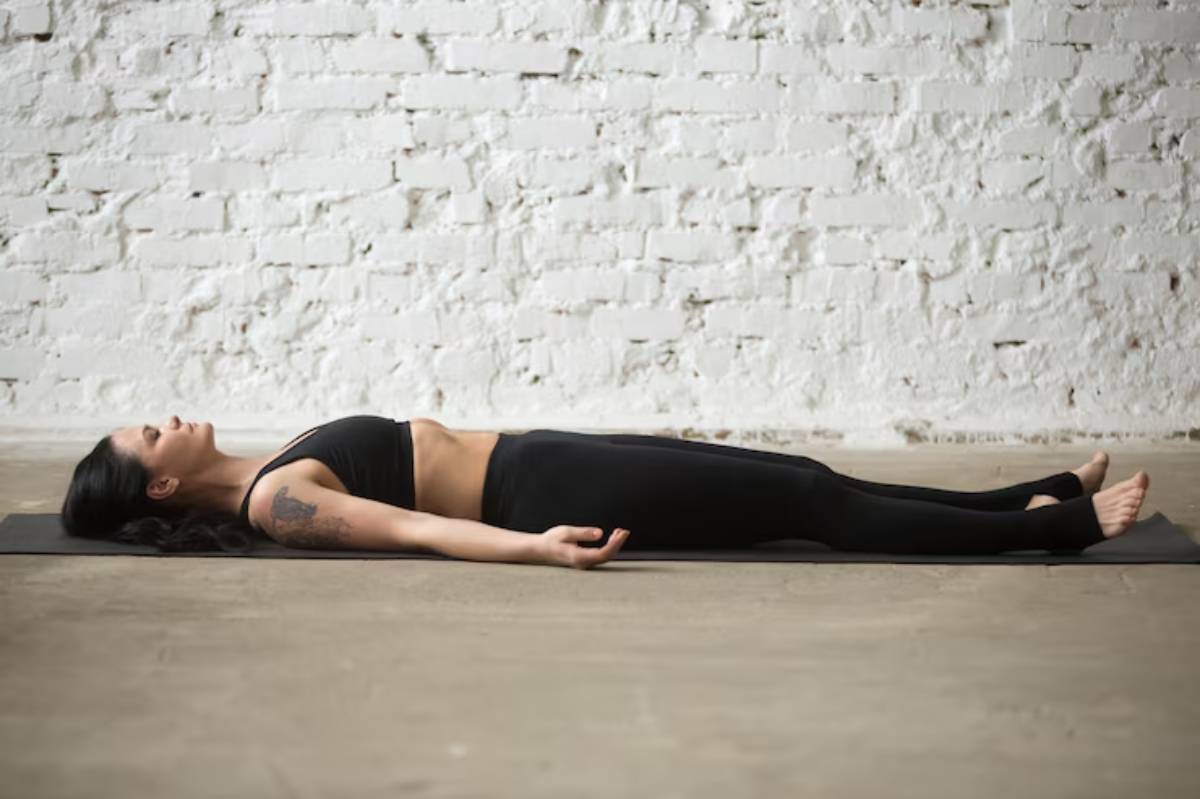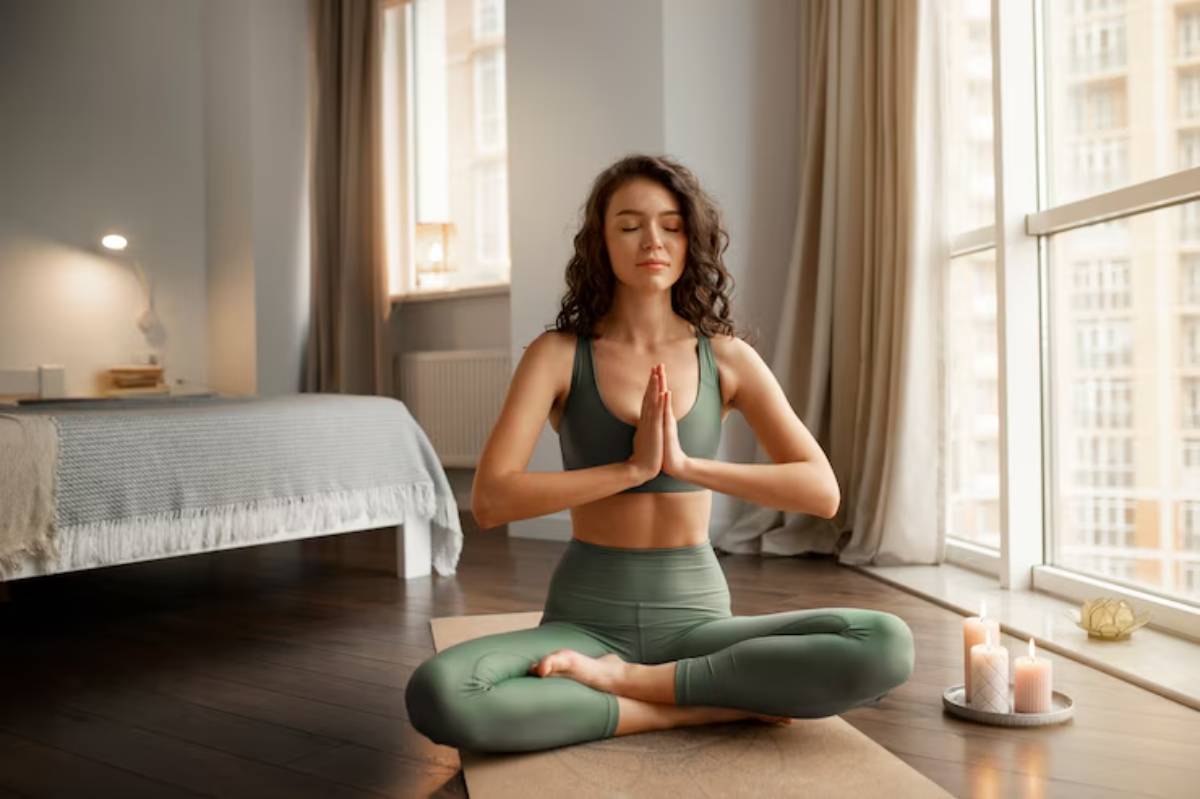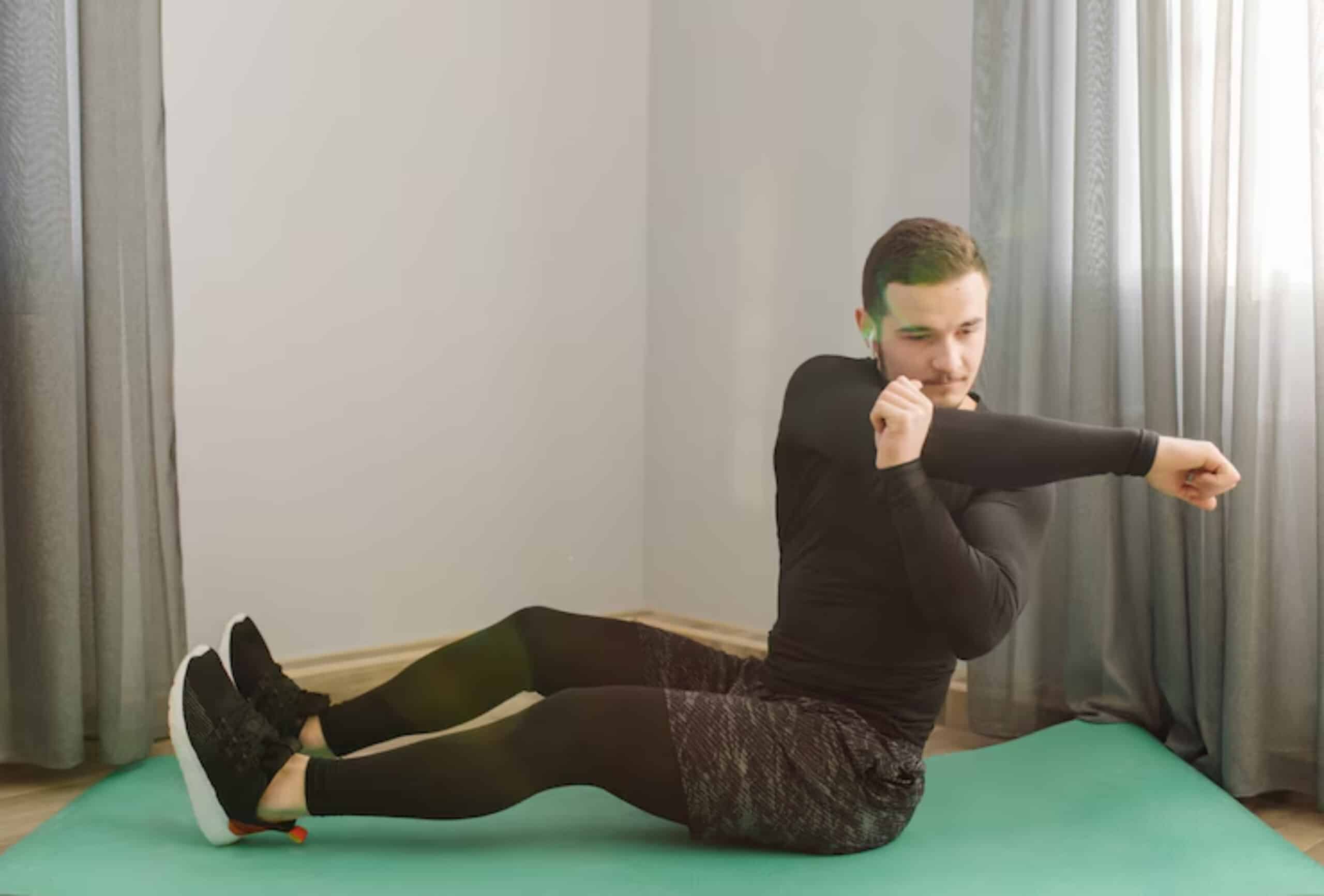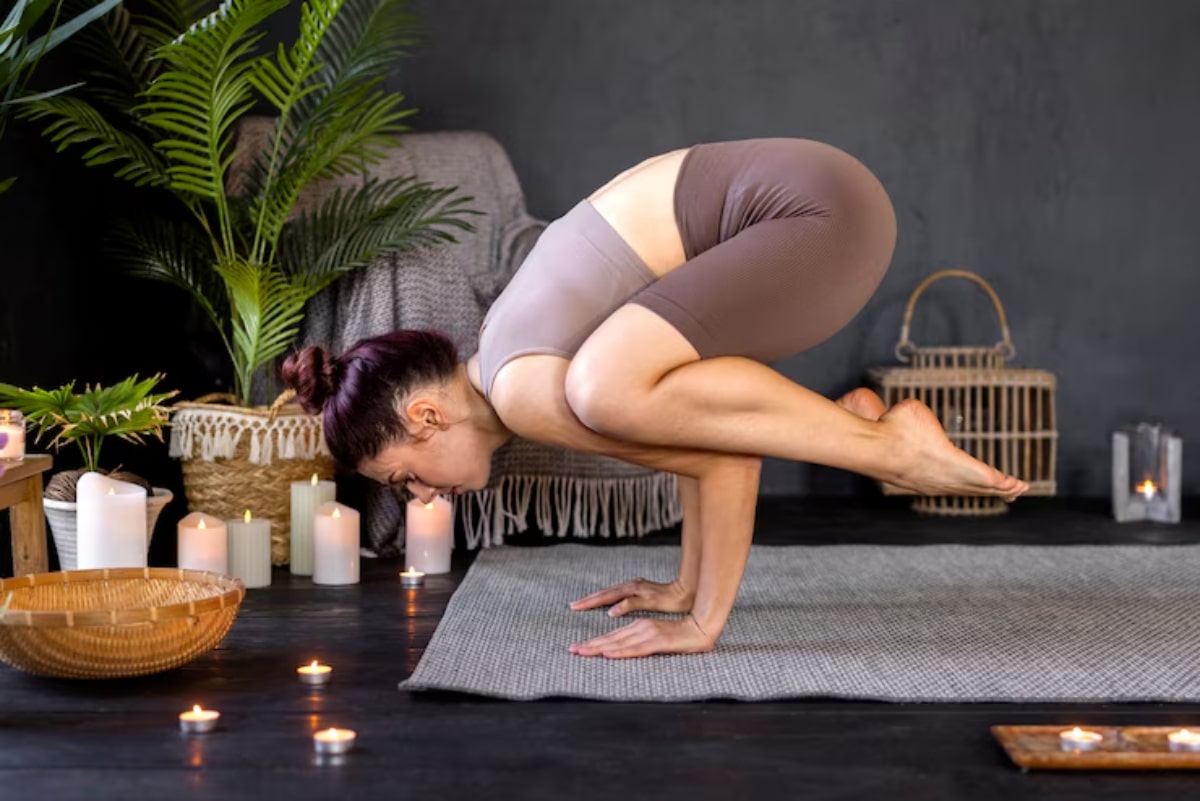
Best Yoga Poses to Strengthen Your Core
Let’s face it — when you hear “core strength,” you probably think of endless crunches, sit-ups, or planks. But building a solid, functional core is about much more than chiselled abs.
Your core is the central powerhouse of your body, impacting your posture, stability, balance, and overall movement efficiency. Whether you’re lifting weights, playing a sport, or simply getting out of bed, a strong core makes it easier and safer.
And here’s the good news: you don’t need fancy gym equipment to build one. Core yoga exercises offer a dynamic, mindful, and highly effective way to develop strength, endurance, and mobility in your midsection — all from the comfort of your mat.
In this guide, we’ll dive into:
- Why abdominal strength yoga is different (and better) than traditional core workouts
- The best yoga core-building poses and how to do them properly
- How to integrate these moves into your weekly routine
- Tips, stories, and real-world applications that make your yoga practice more impactful
Let’s unlock that core and discover the true strength that lies within.
Why Yoga is Ideal for Core Strength
Core-focused yoga goes beyond aesthetics. It enhances your body’s internal support system while improving flexibility, balance, and breath control.
How Core Yoga Differs from Traditional Ab Workouts:
- Functional vs Isolated: Yoga works multiple planes of movement at once
- Breath-Based Control: Engages the diaphragm and deep core with each inhale and exhale
- Mobility with Stability: Encourages dynamic balance and coordination
- Sustainable Strength: Less strain on joints and spine compared to repetitive crunches
Studies suggest that yoga improves core endurance and posture more effectively than conventional abdominal workouts, especially for people with back pain or poor mobility.
Anatomy of the Core: It’s Not Just Abs
Your core isn’t just your six-pack (rectus abdominis). It includes a network of muscles that stabilise your spine, support your organs, and generate movement.
Core Muscle Groups Targeted by Yoga:
- Rectus Abdominis: The visible “six-pack” muscle
- Transverse Abdominis: Deep core stabiliser
- Internal/External Obliques: Control rotation and lateral movement
- Erector Spinae: Support your spine
- Diaphragm & Pelvic Floor: Essential for breath, balance, and posture
Yoga poses often challenge these muscles simultaneously, leading to better integration and functional performance.
12 Best Yoga Poses for Core Strength
These poses are selected for their ability to engage multiple core areas and provide both static and dynamic strength benefits.
1. Boat Pose (Navasana)
- Focus: Abdominals and hip flexors
- How to: Sit with your legs lifted and spine tall, arms reaching forward
- Modifications: Bend knees or hold behind thighs
2. Forearm Plank
- Focus: Entire core, shoulders, and glutes
- How to: Elbows beneath shoulders, core tight, back straight
- Tip: Engage thighs and push heels back
3. Side Plank (Vasisthasana)
- Focus: Obliques and shoulder stabilisers
- Variation: Try raising the top leg for an extra challenge
4. Revolved Chair Pose (Parivrtta Utkatasana)
- Focus: Obliques, lower back
- How to: Sit in chair pose, bring palms together, twist toward the knee
5. Downward Dog to Plank Flow
- Focus: Dynamic core engagement and shoulder stability
- Reps: Flow slowly between poses for 5–10 cycles
6. Crow Pose (Bakasana)
- Focus: Upper abs, shoulders, and inner thighs
- Tip: Look forward, not down, to help with balance
7. Extended Leg Pose (Uttanasana Variation)

- Focus: Lower abs, hip flexors
- How to: Lie on your back and raise your legs to 90°, then lower one slowly
8. Plank with Arm/Leg Lifts
- Focus: Core, shoulders, glutes
- How to: From high plank, lift opposite arm and leg; alternate sides
9. Bridge Pose with Core Engagement
- Focus: Posterior chain, lower back, glutes
- How to: Press feet into the mat, squeeze glutes, and lift hips
10. Bird-Dog (from Tabletop)
- Focus: Coordination and spinal stability
- Reps: 8–10 slow alternating lifts
11. Low Boat (Ardha Navasana)
- Focus: Lower abs
- How to: Hover your legs and shoulders a few inches off the mat, hold and breathe
12. Locust Pose (Salabhasana)
- Focus: Back core and glutes
- Tip: Engage inner thighs and reach through toes and fingers
For even deeper engagement and transitions, explore Yoga Transitions That Engage the Core.
Sample 20-Minute Core Yoga Sequence
This beginner-friendly routine combines strength, breath, and flow.
Warm-Up (5 mins)
- Cat-Cow — 1 min
- Downward Dog to Plank — 5 slow reps
- Chair Pose with Twist — Hold 3 breaths on each side
Core Flow (10 mins)
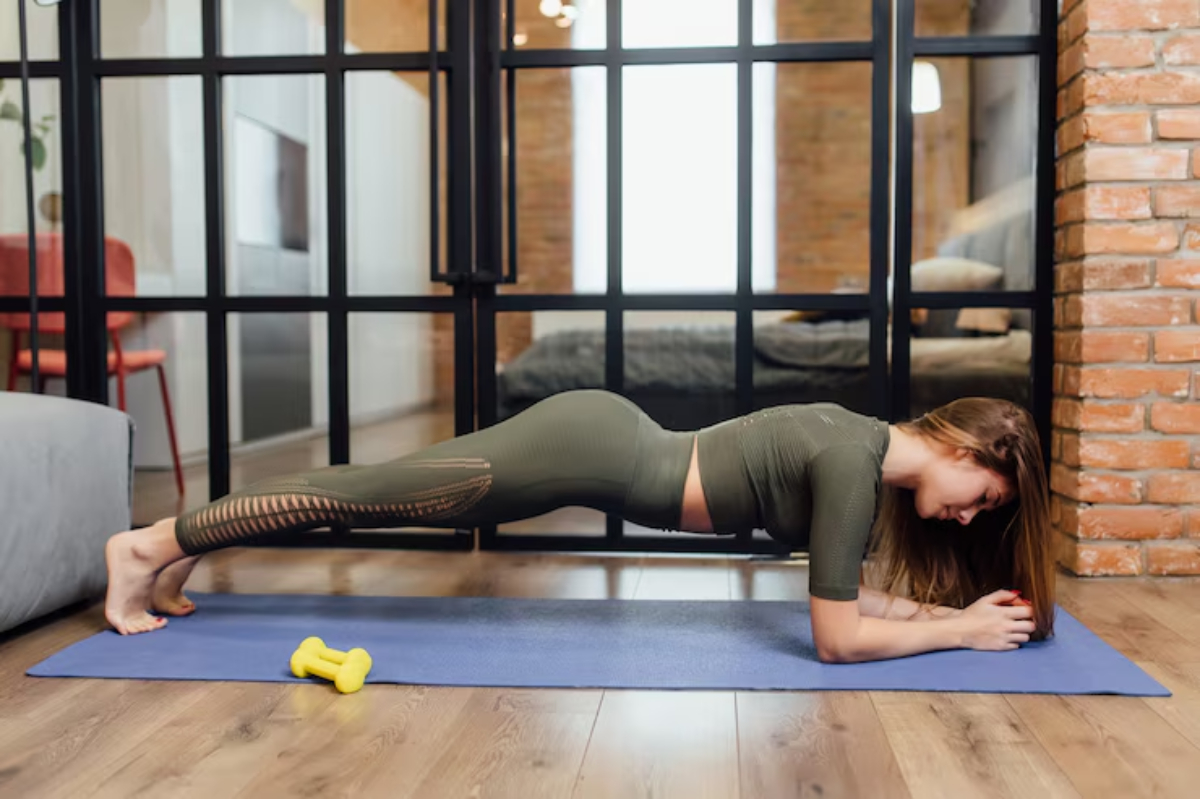
- Boat Pose — 3 rounds of 20 seconds
- Forearm Plank with Taps — 10 taps per side
- Side Plank with Reach-Under — 5 reps per side
- Bird-Dog — 8 alternating reps
- Bridge Pose with Marching Legs — 10 reps
Cooldown (5 mins)
- Supine Twist — Each side
- Happy Baby — 30 seconds
- Savasana — 2 minutes
You can do this flow three times a week or mix it with your existing yoga routine.
For guidance on structuring your week, read How to Structure Your Week With Yoga and Strength Workouts.
Real-Life Story: How Beth Healed Her Back with Core Yoga
Beth, a 47-year-old mum of two from London, had chronic lower back pain from years of sitting and stress. After starting yoga, she focused on core yoga exercises twice a week. Within 6 weeks, her posture improved and her pain reduced significantly.
“The biggest surprise wasn’t how strong I felt,” she shared, “but how I moved through the day without thinking about my back. It was just… easier.”
Beth now incorporates core-focused poses into every flow, making them a non-negotiable part of her routine.
Common Mistakes in Core Yoga (and How to Avoid Them)
Even seasoned practitioners make these errors:
- Over-arching the lower back: Keep the pelvis neutral
- Holding the breath: Inhale to lengthen, exhale to contract
- Neck strain in Boat Pose: Keep your chin slightly tucked
- Going too fast: Slow movement = better control and engagement
Remember, core yoga is about control, not just effort.
Integrating Core Work Into Your Yoga Practice
You don’t need a separate workout every day. Here’s how to blend core strength into your flows:
Daily Ideas:
- Add Forearm Planks at the end of your warm-up
- Replace passive poses with Boat or Bird-Dog transitions
- End with Bridge Pose to activate your glutes and back
Even 5–10 minutes of focused engagement can build lasting strength.
Final Thoughts: Strength Starts from the Centre
A strong core is the foundation of strength, stability, and ease of movement—not just in yoga but in everyday life.
With these yoga core-building poses, you’ll gain more than toned abs. You’ll develop deep strength, resilience, and awareness, all through accessible movements that honour your body’s needs.
Ready to Take the First Step?
Try a few of the poses above, or commit to the 20-minute sequence. As your core strengthens, notice how it changes everything else — from your posture to your energy levels.
Do you have a favourite core yoga pose? Share it in the comments or tag us in your practice! Let’s celebrate strength from the inside out.
